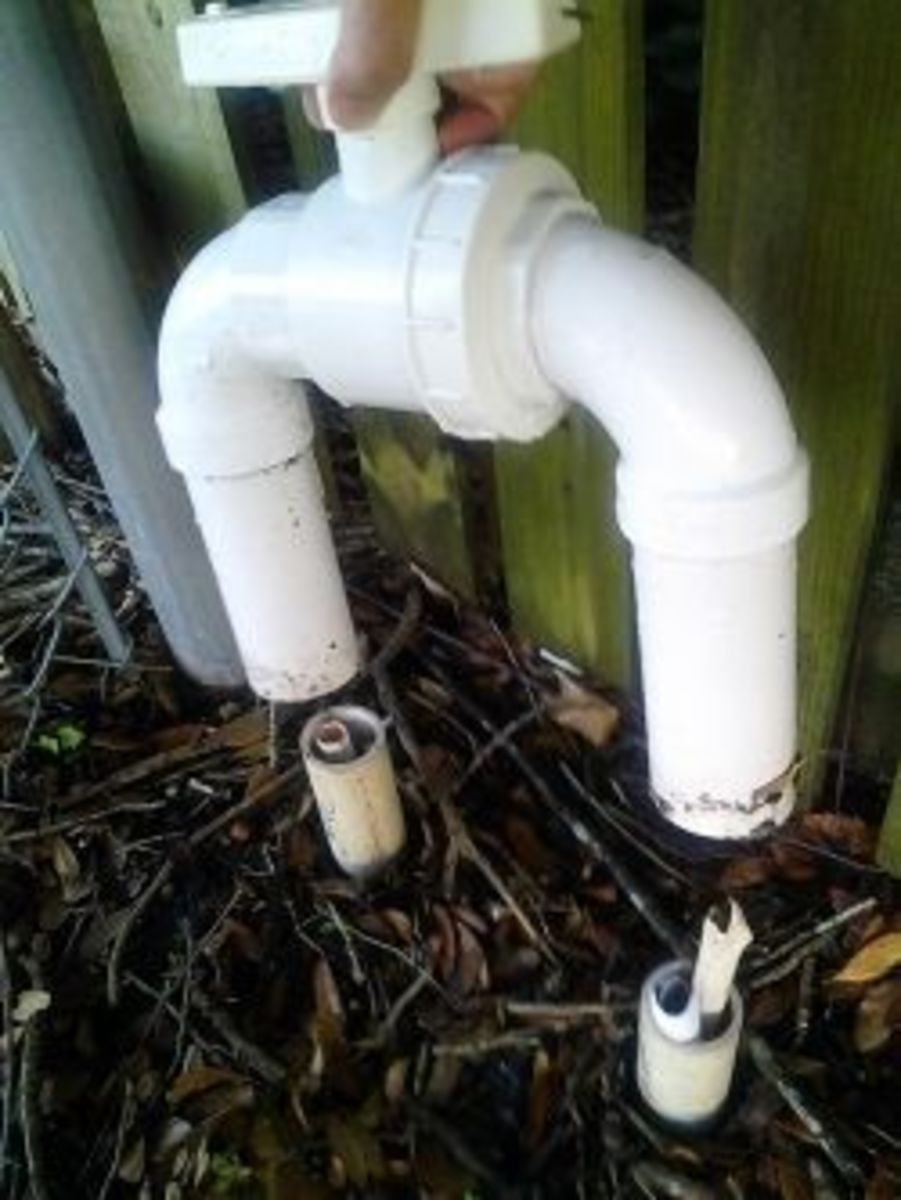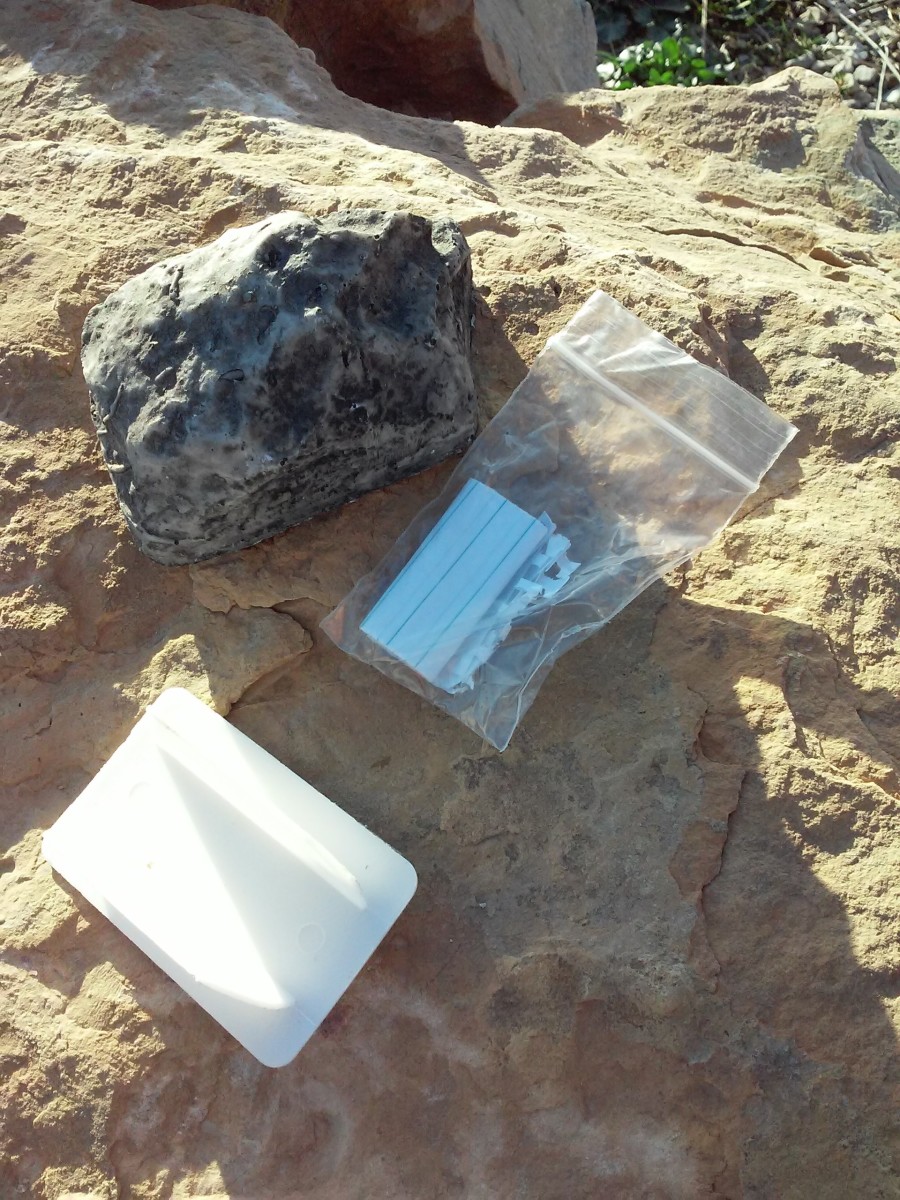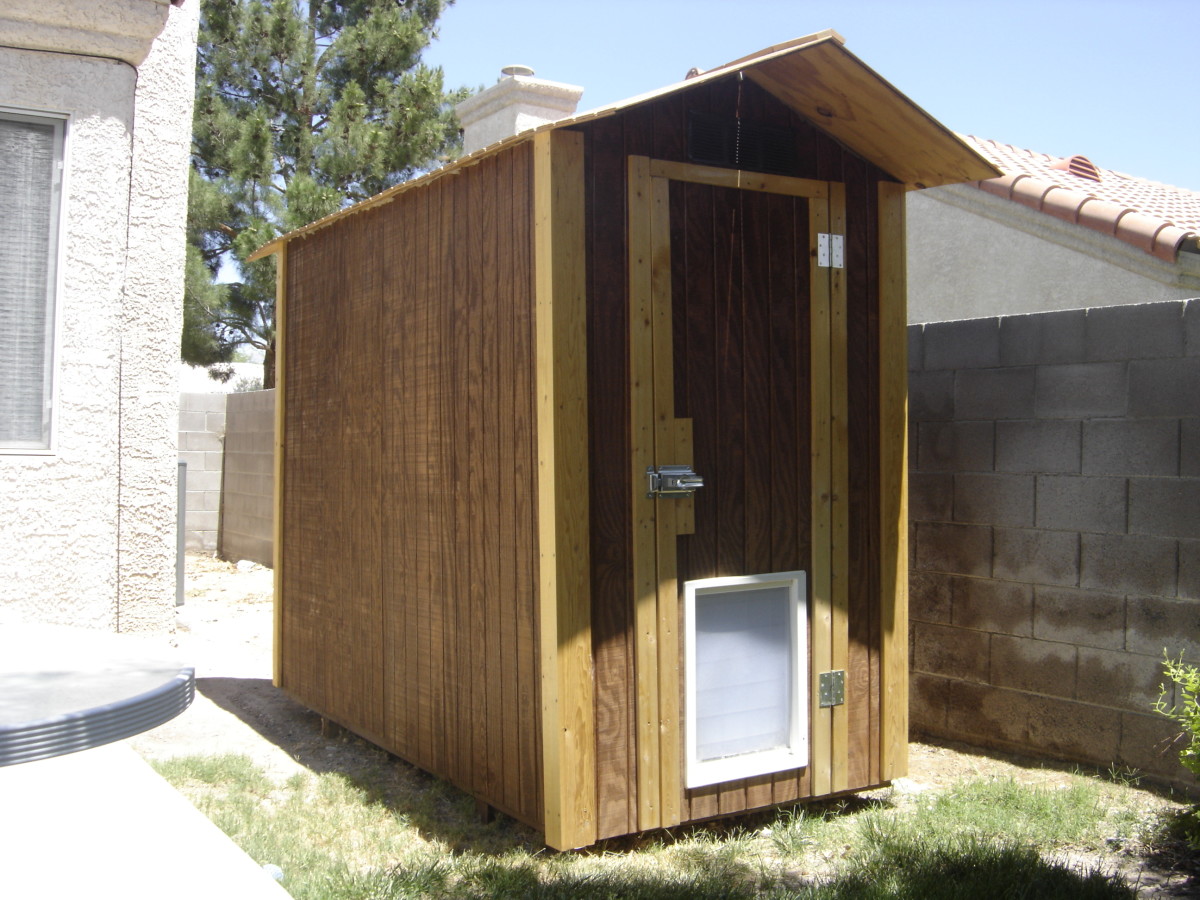An Introduction to Geocaching
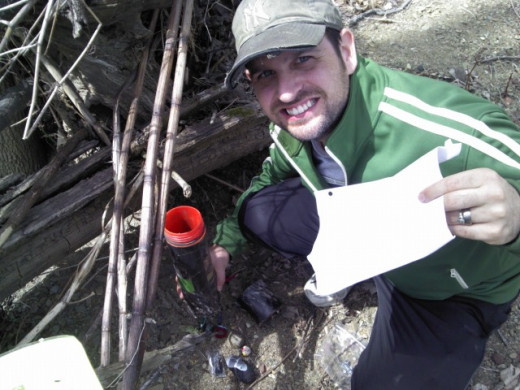
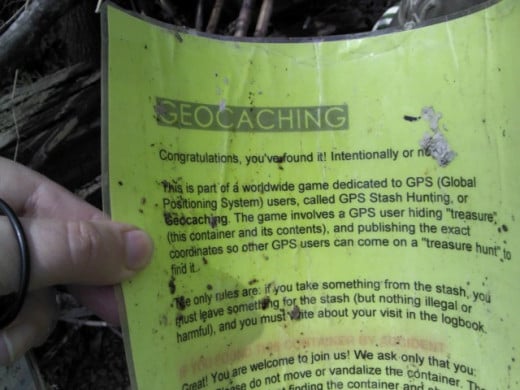
What is Geocaching?
Geocaching - simply put - is a a modern day scavenger hunt. Using GPS coordinates - either from a website (Geocaching.com) or an application on a phone (i.e. "c:geo" for Android, or "Geocaching" by GroundSpeak), one can find geocaches almost anywhere and at anytime. There are actually finds ALL over the United States and beyond!
A GPS is pretty important for geocaching. When one comes across a geocache and wants to find it, the GPS coordinates are provided (on websites and phone applications). However, plugging those coordinates into a GPS (one is provided with phone apps) will help you to more easily find the cache. If coordinated enough, one could use a map, but a GPS is much quicker.
A geocache could be a container of any size or a particular hot spot (for the scenery or wildlife). The contents of the geocache range from a simple piece of paper (for finders to log their name and the date of the find) to small toys to trackables (see below), and anything in between.
Some geocaches (in the description, on the website/application) provide hints, clues, and even pictures to help make the search easier.
Perfect for anyone of any age, geocaching is a great way to inexpensively pass the time, get some exercise, and see the world!
What does a geocache look like?
Containers vary in size and shape. Some are camouflaged with fabric, tape, or stickers, others look like real animals or insects, and some may be simple and easy to spot.
Here is a simple guide to what the container size (as described on the application or website being used) means:
Nano - The smallest; less than 10ml, and typically only contains a log sheet.
Micro - Tiny. Less than 100ml. A micro may contain a couple of small objects (like a few pennies), but usually has a pen or pencil and a log sheet.
Small - 100ml or larger, but less than 1L. A small container could be a large pill bottle or a box used for index card filing.
Regular - 1L or larger, but less than 20L. A regular container is big enough to hold many objects, and is about the size of a lunchbox or thermos.
Large - 20L or larger. The biggest container, such as a cooler or a trunk.
Where can one geocache?
Geocaching is global. One can geocache practically anywhere - in the country, in the city, in national parks, and even at some stores and restaurants, and personal homes!
When I first began geocaching, I was astonished by the abundance of them located near me - everywhere that I went... in the rural countryside of a small town in New York, throughout downtown Columbus, Ohio, in between, and beyond!
In some cases, there are numerous caches in one area (as in, within a park).
The person/people that hid the geocache may have done so because that particular place has some sort of meaning - either to them or to the city itself. Sometimes, geocaches are placed somewhere in hopes of telling a story, such as about a historical building or a plot at a cemetery.
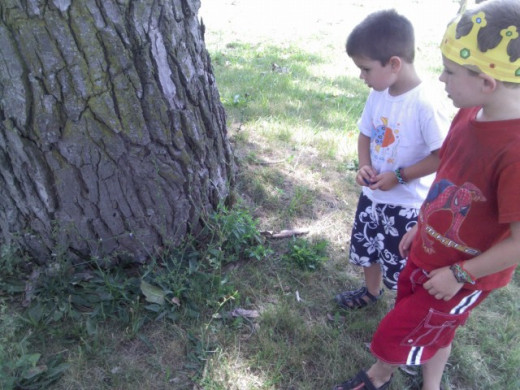
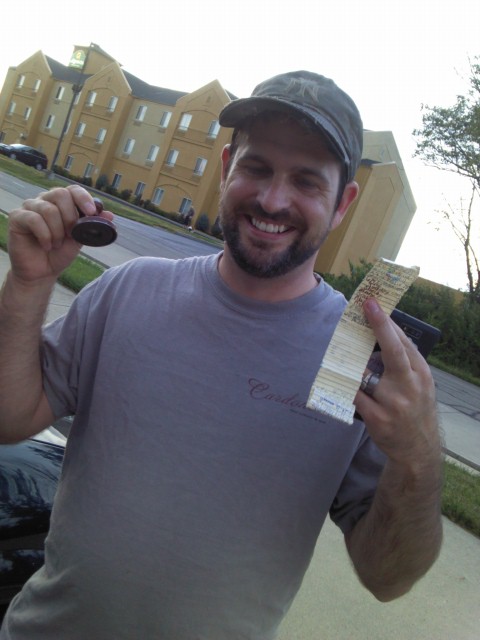
Lingo of the Geocachers
When entering the world of geocaching, one can certainly be overwhelmed. In order to avoid some confusion when scouring through descriptions of geocaches on websites or phone applications, use the following as a guide to master the terminology of geocaching!
- Muggles are passers-by. It could be kids playing at the park nearby, a family on a hike through the woods, or a fellow tree climber. Whomever they are, they will be curious about you and what you are doing. Feel free to spread the word about geocaching, or be quiet and sly about what you are doing (to ensure that the geocache is not tampered with).
- Stealth is the act of being sly and inconspicuous when searching for a geocache. This (as stated above) helps to maintain the integrity of the find, and ensure that the next cachers have something to find (that it is not moved by muggles).
- A Find is a geocache.
- An Earthcache is a geocache that is a particular location, rather than a container. It could be a beautiful place to watch the sunset, a historical landmark, or an amazing feature of the Earth. Earthcaches are used for educational purposes, but also to share the brilliance and beauty of our surroundings.
- A Spoiler is a hint or a picture that helps one to more easily find a cache.
- Ground Zero is the exact spot that the GPS coordinates lead a cacher. It may not be the precise location of the cache, but is the security blanket for a cacher, a reference point.
Other popular acronyms:
- TFTF - "Thanks for the find." Used when logging a find.
- DNF - "Did not find." Also used when logging a find.
- GPS - Global Positioning System; the system that provides the geographical coordinates of the find.
There are many more acronyms and "cachisms", but these are the basics and a good place to start.
Another Great Hub on Geocaching!
- Geocaching--A Hobby For Today's Gizmos
Geocaching. A sport for the 21st century. What is it? How is it played? Who can play? All those questions are answered here.
What is done with a Geocache?
For smaller geocaches, the cacher typically just signs the log located within the container, and then logs the same on the website or application used.
When a cacher finds a larger container - one with legitimate contents (may be small toys, business cards, or coins), one will usually take something from the container, while leaving something else in its place. Simply put, geocachers exchange items. Some cachers use the same "leave" every time, as if it is a representation of them or their geocaching team (yes, people do this in teams!). Then, it is generally logged on the website or application that something was taken and something else was left.
If a cacher finds a trackable inside a container, it can be taken and moved to another geocache in another location. Trackables are special finds, in that they usually have a purpose... a destination. The cacher logs that the trackable was found (and where and when), and then logs where the trackable is placed next. That way, the person whom placed the trackable in its first container can follow its travels.
I once found a trackable that had traveled hundreds of miles already, and -when I saw the logs- found that the owner wanted it to end up in Japan!
Geocaches are always placed back where found. Moving a cache is against "the rules", and is just rude for those that will one day follow.
How to geocache is easy to answer: one simply starts!
Grab a pen and shoes, and get going!
Geocaching is an exciting adrenaline rush, and serves as a great bonding experience for families and friends. Teachers have begun using geocaching for educational purposes in the classroom, and companies are using it for team building and outings. It is really "caching" on these days!
All that one needs is the GPS coordinates for a cache, a keen eye, maybe a pen, a bit of intuition, and aspirations for adventure!

